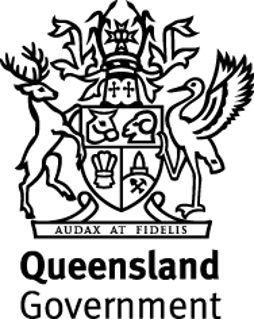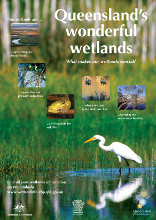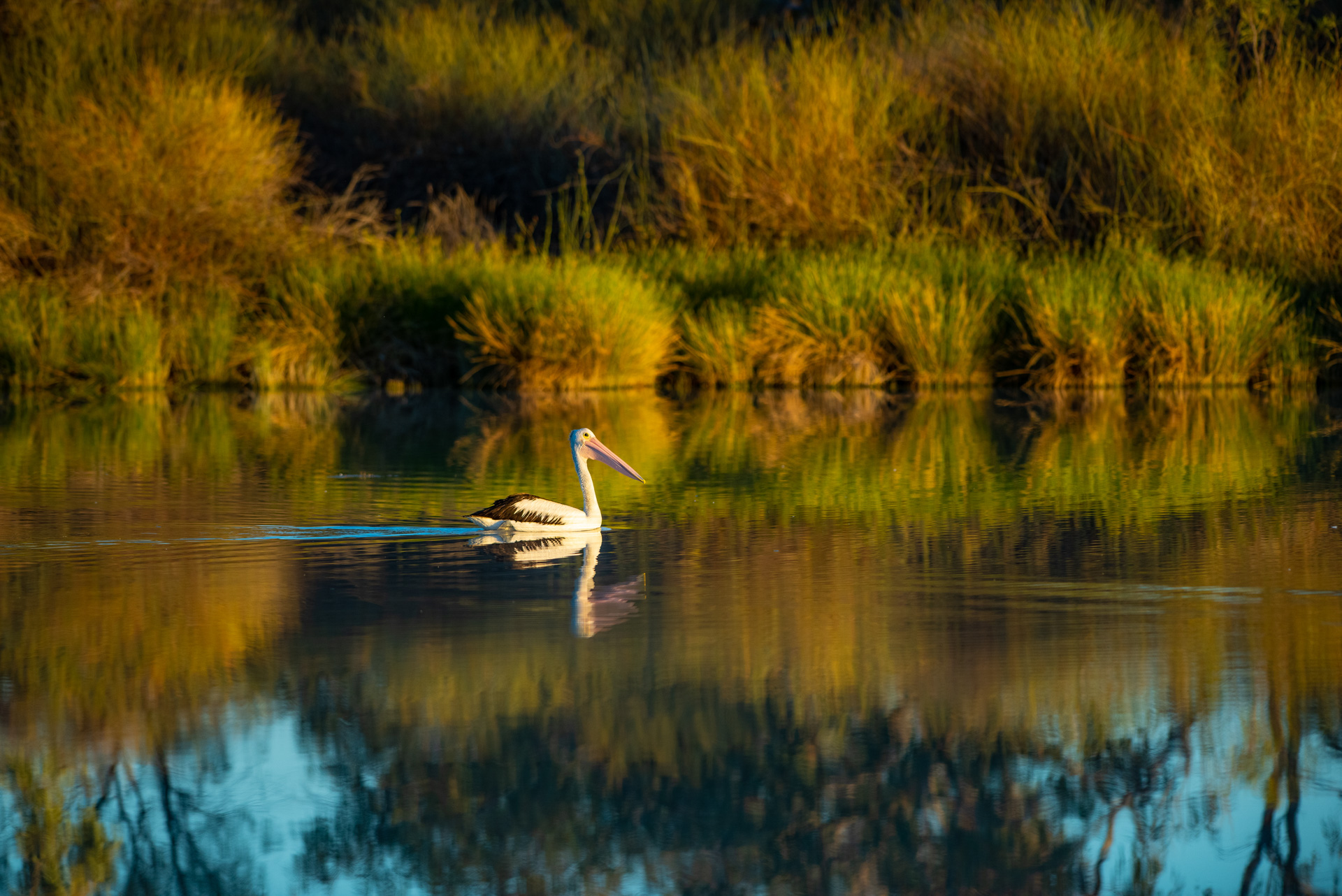|
|
WetlandInfo—your first-stop-shop for wetland management resources in QueenslandSelect the area type
WetlandSummary—facts and mapsFind wetland information for regions of Queensland. WetlandSummary provides:
What's new June 2024?Read the full newsletter (with pages links) or subscribe. New pages and documentsUpdated ACA for Wide Bay-Burnett
Invasive Aquatic Pasture Grasses
Updated Mechanical Fishways
Role of markets in the environment
Ecology - new pages
Monitoring Nitrogen in Vegetation
FactsheetsNew toolsUpdated pages and toolsMangroves of Moreton Bay
WetlandMaps and WetlandSummary
Assessment Toolbox Methods
Programs, policy and legislation
Additional links
We value your input and feedback so please email us your comments, wetland information and links or that wetland question you just can't answer. Wonderful wetlandsWetlands are important for our environment, economy and our livelihoods. They have many functions from reducing floods to producing clean water and food for humans, industry and agriculture. They provide important habitat for many animals and plants. Wetlands are the great ‘connectors’ across our landscape providing places for our enjoyment and relaxation. Regardless of whether you are doing a school or uni assignment, managing a wetland or undertaking research, you will find a wealth of information here on WetlandInfo. Read more… WetlandInfo feature speciesThe feature species for June is the Australian Pelican (Pelecanus conspicillatus). The Australian Pelican is a large waterbird in the family Pelecanidae and a medium sized pelican. Australian Pelicans are widespread on both inland and coastal waters in Autralia, New Guinea, Fiji and parts of Indonesia. The Australian Pelican is an easily recognisable bird with it's long bill - the longest bill of any living bird. They are predominately white, with black wings and a pink bill, a wingspan of 2.3 - 2.6 metres and can weigh between 4 to 14 kilograms. Australian pelicans occur in large waterbodies without dense aquatic vegetation, and generally follow the availability of food supplies, moving from areas of low food availability to areas that are booming (for example, from the coast to inland waterbodies of the Lake Eyre basin). Australian pelicans feed by plunge-diving while swimming on the surface of the water, and also work in groups to drive prey movements. They predominately feed on fish, but can also eat insects, aquatic crustaceans, and sometimes other birds (including smaller pelicans). Breeding occurs anytime after rainfall in inland areas. They nest on shallow depressions in the earth or sand and lay two to four white eggs. The eggs incubate for 32-35 days and the young birds fledge at around 3 months of age. Additional information |

 — Department of Environment, Science and Innovation
— Department of Environment, Science and Innovation



